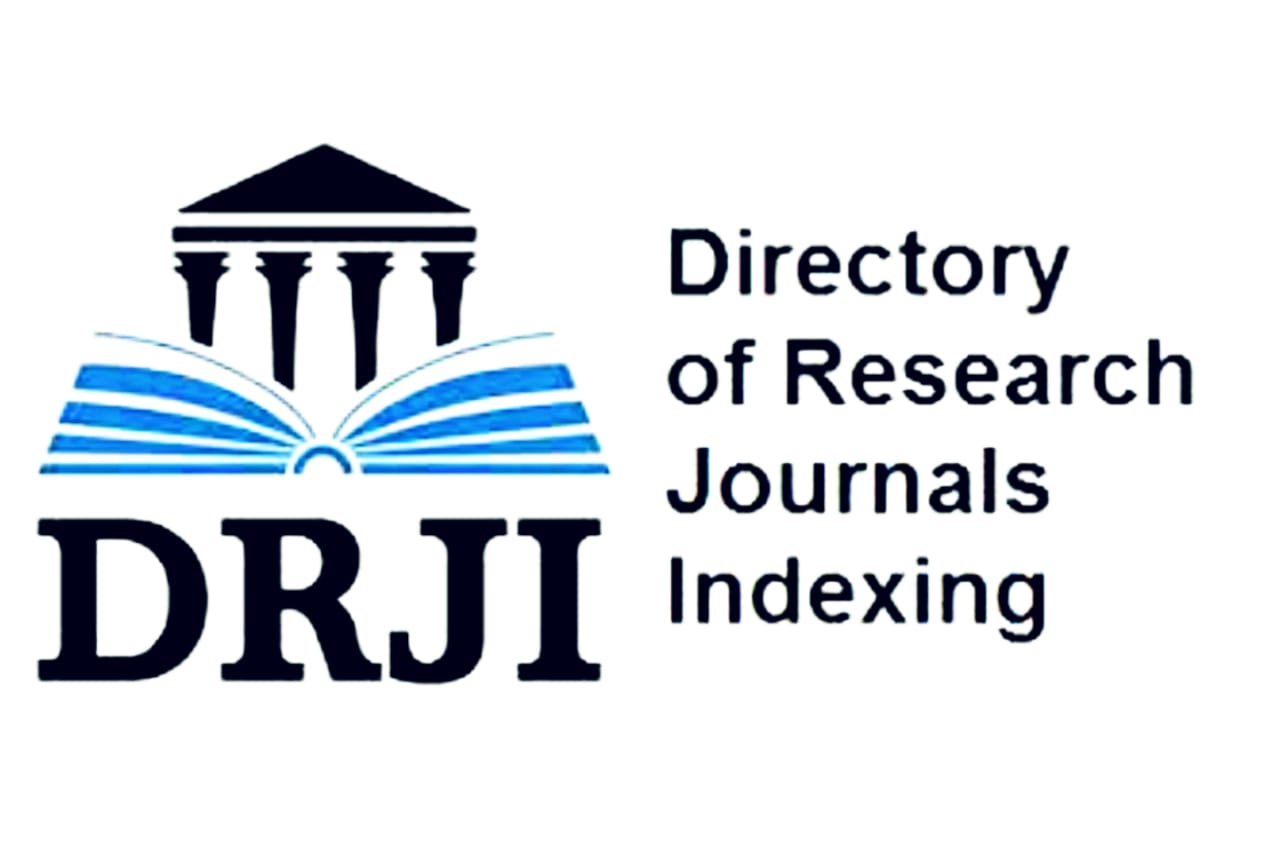Study of features of influenza virus circulation in the southern region of Kazakhstan during the 2021 epidemic season
DOI:
https://doi.org/10.26577/IJBCh2023v16i2a3Abstract
Influenza viruses are among the most prevalent infectious agents, leading to massive seasonal epidemics and pandemics with high mortality rates. The ability of influenza virus to antigenic variability determines the high population susceptibility, wide spread of infection, and short intervals between epidemics. In recent years, the co-circulation of influenza viruses that belong to A/H1N1pdm09 and A/ H3N2 subtypes and influenza type B virus has been observed. Here we summarize the data we explored to establish the features of the influenza virus circulation in the southern region of the Republic of Kazakhstan. To conduct virological and serological studies, 590 biosamples were collected from sick patients (419 swabs and 171 blood serums). Influenza type A virus RNA was found in 39 (9.31%) samples including that of A/H1N1pdm09 virus in 15 (3.58%), A/H3N2 virus in 23 (5.49%). It has also been noted that isolates A/Almaty/10/21 and A/Almaty/15/21 were profiled by the antigenic formula A/H3N2. The results of virological, serological, and molecular genetic studies confirm the simultaneous circulation of influenza A viruses (H1N1pdm09 and H3N2), and influenza type B virus. Some thoughts on the current scenario as well as implications for the future are presented as well.
Downloads
How to Cite
Issue
Section
License
Copyright (c) 2023 International Journal of Biology and Chemistry

This work is licensed under a Creative Commons Attribution-NonCommercial-NoDerivatives 4.0 International License.
ааа

















